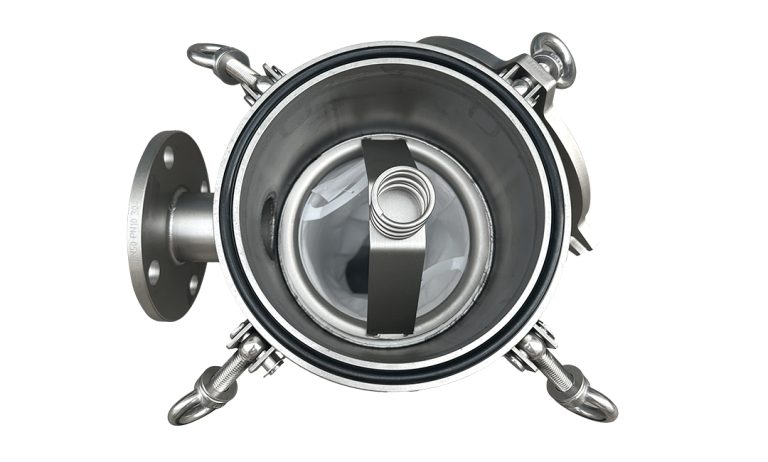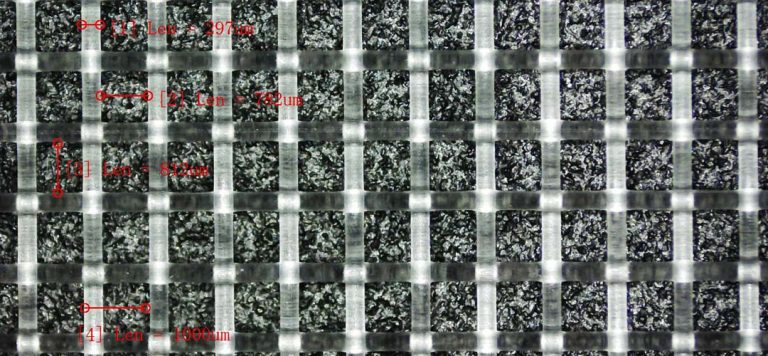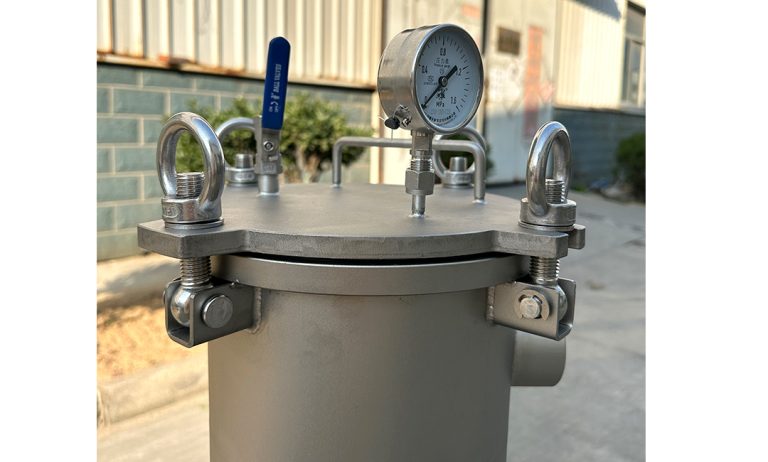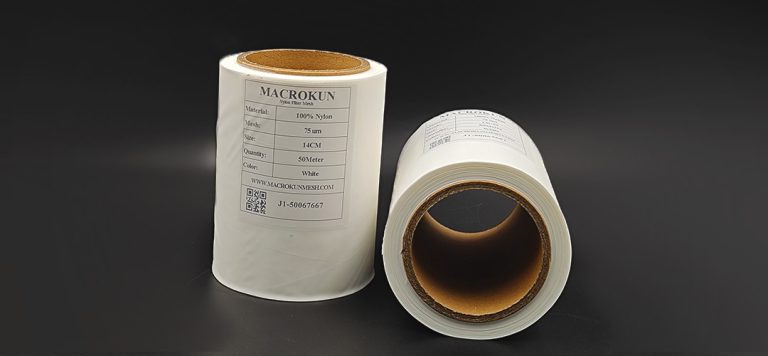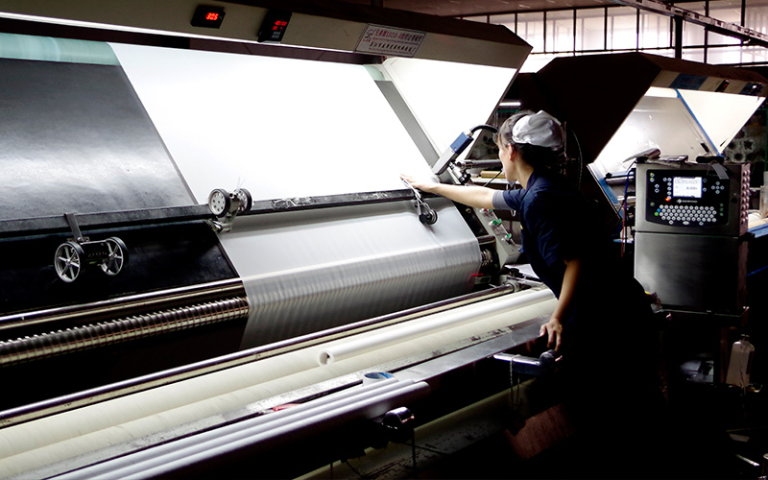# Bag House Filter vs Electrostatic Precipitator: Which is Right for Your Business?
Table of Contents
Understanding Bag House Filters
Bag house filters are a type of air pollution control device that uses fabric filter bags to capture particles from the air stream. These filters are particularly effective for industries that generate fine particulate matter, such as cement, food processing, and metalworking. The efficiency of bag house filters can reach up to 99.9%, making them an excellent choice for meeting stringent environmental regulations.
One of the primary advantages of bag house filters is their ability to handle high dust loads. They are designed to manage significant volumes of air while maintaining low pressure drops. This characteristic not only enhances energy efficiency but also extends the lifespan of the equipment. For businesses looking to optimize their air quality management systems, investing in a reliable bag house filter can lead to substantial long-term savings.
Exploring Electrostatic Precipitators
Electrostatic precipitators (ESPs) utilize electrical charges to remove particles from an air stream. These devices are highly effective in capturing smoke, dust, and other pollutants, making them suitable for various applications, including power generation and industrial manufacturing. ESPs can achieve high collection efficiencies, often exceeding 99%, which makes them a popular choice for facilities needing robust air cleaning solutions.
One notable benefit of electrostatic precipitators is their low operational costs. Once installed, they require less maintenance compared to mechanical filters and can operate continuously without frequent replacements. This efficiency can significantly reduce the overall cost of air pollution control, allowing businesses to allocate resources more effectively.
Comparing Performance and Efficiency
When comparing bag house filters and electrostatic precipitators, it is essential to consider the specific needs of your operation. Bag house filters excel in environments with high dust concentrations and provide excellent filtration for larger particles. Conversely, ESPs are more suited for applications involving finer particulate matter and can be more efficient in capturing sub-micron particles.
Efficiency also depends on the operational conditions, including temperature and humidity. Bag house filters may struggle in high-humidity situations due to the risk of fabric saturation, while electrostatic precipitators can perform well in these conditions. Therefore, understanding your operational environment is crucial in determining which system will provide the best results for your business.
Cost-Effectiveness for Your Business


The initial investment in either technology can vary significantly based on the size and requirements of your facility. Bag house filters generally have a lower upfront cost; however, ongoing maintenance and replacement of filter bags can accumulate over time. In contrast, while electrostatic precipitators may require a higher initial investment, their low maintenance needs can make them more cost-effective in the long run.
It’s essential to conduct a thorough cost-benefit analysis tailored to your specific industry and operational goals. Many businesses find that the improved air quality and compliance with environmental regulations justify the investment in either technology. By selecting the right air pollution control solution, you can enhance not only your operational efficiency but also your company’s commitment to sustainability.
Making the Right Choice for Your Industry
Ultimately, the decision between bag house filters and electrostatic precipitators should be guided by the unique characteristics of your operations. Consider factors such as the types of pollutants generated, the scale of your production, and your budget constraints. Engaging with industry experts can provide valuable insights into the most effective solution for your specific needs.
By carefully evaluating the benefits of each technology, you can make an informed decision that aligns with your business objectives. Implementing the right air pollution control system will not only improve air quality but also contribute to your company’s reputation as a responsible and environmentally conscious entity.

